When brands consider a loyalty program, they often think of it as a solution to launch down the line as their business matures. But, loyalty programs are key to establishing and driving long-term business success — especially in the face of rising customer acquisition costs and increasingly ineffective paid advertising campaigns.
While your customer acquisition strategy is still an important part of your business’s growth, you should invest in customer retention strategies early on. Rather than dedicating time and resources to attracting and converting new shoppers, you can instead focus on nurturing high-value relationships with your best customers.
If you’re still not sure if your brand is ready to launch a loyalty program, here are eight questions to ask:
1. How much time and money should you dedicate to retention efforts versus acquisition efforts?
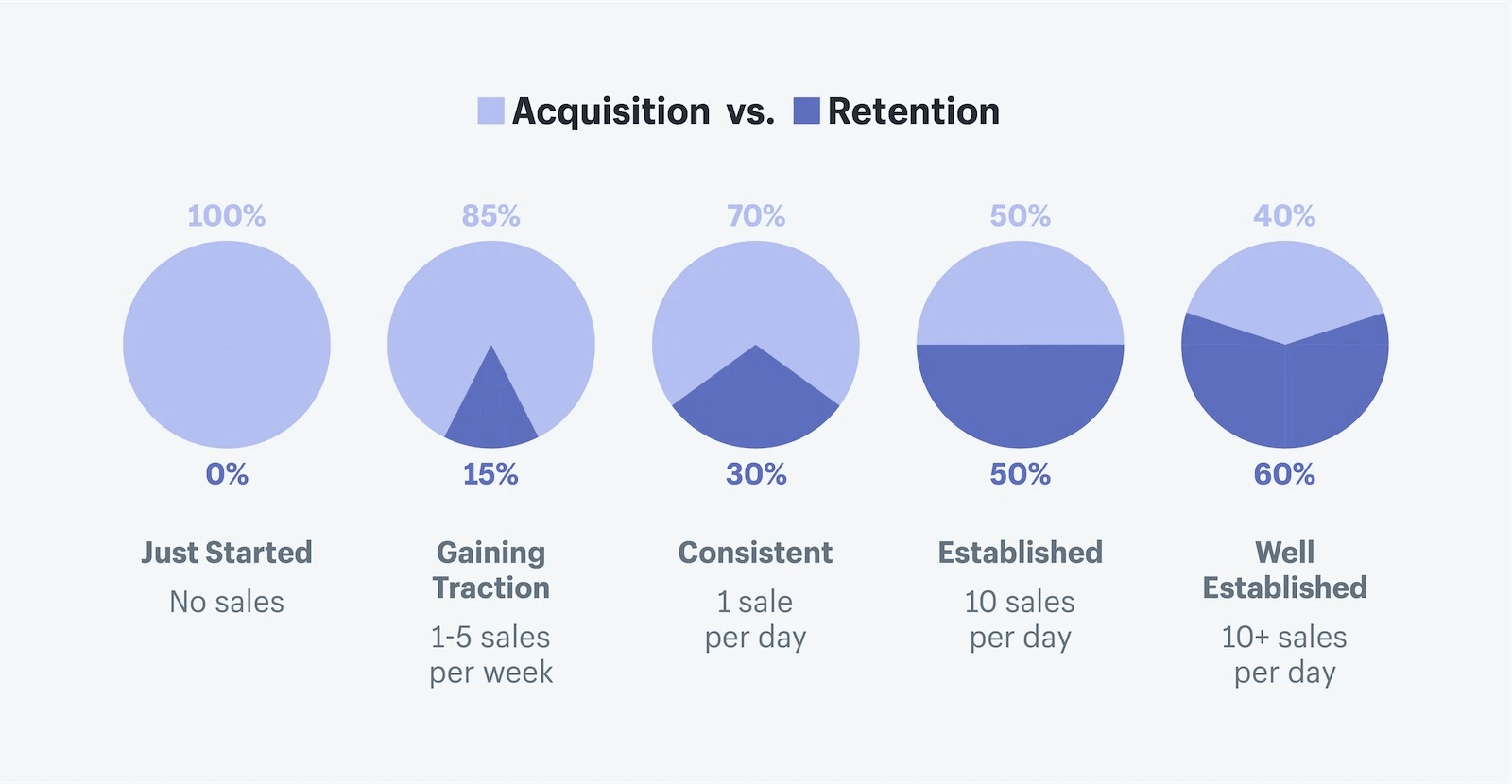
Source: Shopify
After reaching the consistent stage, you’re ready to launch a loyalty program. Your acquisition efforts have been strong, and you’ve established a solid customer base, but it’s time to offer clear value for your customers to keep them coming back.
Rather than continuing to depend on new customers to drive business growth, lean on the dependability of returning customers — they offer your business a predictable revenue stream as you continue to grow and build out your brand. In fact, according to Bond, 66% of consumers modify their brand spend to maximize loyalty benefits.
For brands in the established stage, loyalty can offer a clear path to incremental revenue growth and help to scale your business by increasing customers’ lifetime value. According to Harvard Business Review, brands with strong loyalty marketing programs grow revenues 2.5x faster than competitors.
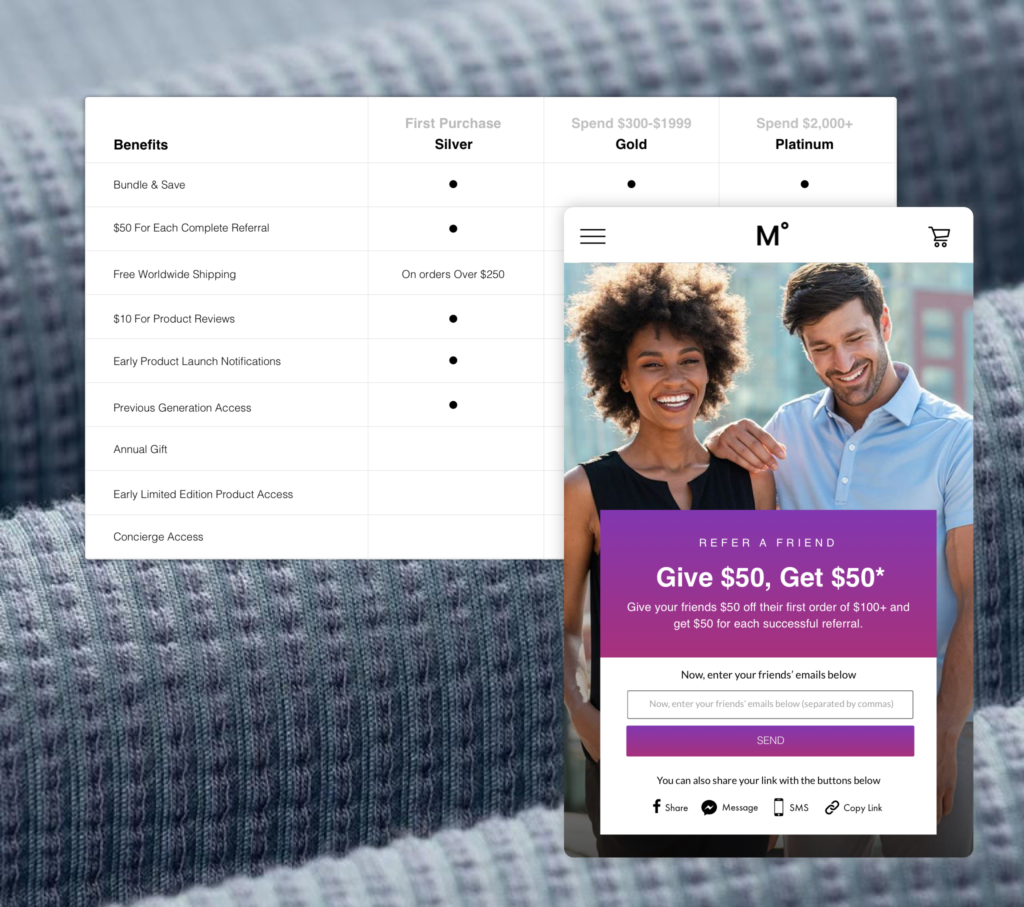
Ministry of Supply, a workwear brand for the active employee, sought to build out their community and grow their customer base.
“We wanted to do something for our loyal customers without handing out discounts,” says Dan Weisman, VP of Marketing. “Service is one of the pillars of our brand, so now we reward our loyal customers with an even more exceptional level of attention.”
In just six months after launching Yotpo’s Loyalty and Referrals solution, Ministry of Supply’s revenue from the referrals program doubled.
2. Have you implemented the marketing basics i.e. email and reviews?
You’ll need to choose an email service provider (ESP) and a reviews solution before launching a loyalty program, as they help establish brand trust and attract customers to your growing business. From here, a loyalty program is an excellent tool to “level up” your existing solutions:
- Email: Using the customer data collected through your loyalty program, you can create higher converting email campaigns. Plus, build deeper emotional connections with your members through personalization.
- Reviews: Your best customers are also likely your happiest. Using perks and rewards, encourage members to share in-depth reviews about your products.
If your brand is more mature, a loyalty program can also enhance help desk and point-of-sale (POS) solutions:
- Help Desk: Customer service goes hand-in-hand with customer experience. By integrating your loyalty and help desk solution, customer service agents can directly manage members’ loyalty status, perks, and rewards.
- POS: Linking your POS and loyalty program creates a seamless redemption experience, making it easier for shoppers to use their rewards.
3. Do you need more data on your customers to improve campaigns and marketing efforts?
Creating an in-depth, 360-view of your customers can be hard, especially as third-party cookies begin to phase out. Any brand looking to sustain their growth should be considering new ways to collect consumer data.
A loyalty program provides key customer insights, like product interests, purchase behavior, demographic information, location, and more. When customers sign up for your program, you immediately gain a deeper look into who you’re marketing to and how they operate as a consumer.
With data-rich customer profiles, you can build smarter campaign segments and, in turn, more effective marketing efforts. Ditch blanket strategies and offer consumers what they want: personalization.
4. Does your next stage of growth require differentiation?
It’s easier than ever to launch an eCommerce business, meaning competition is stiff. So, differentiate yourself from competitors early on by launching a loyalty program and capture more repeat customers by delivering captivating experiences. According to Bond research, 71% of consumers say loyalty programs are a meaningful part of their brand relationships.
By implementing a loyalty program, you’ll push your brand from the consistency stage to the established stage or even to the well-established stage.
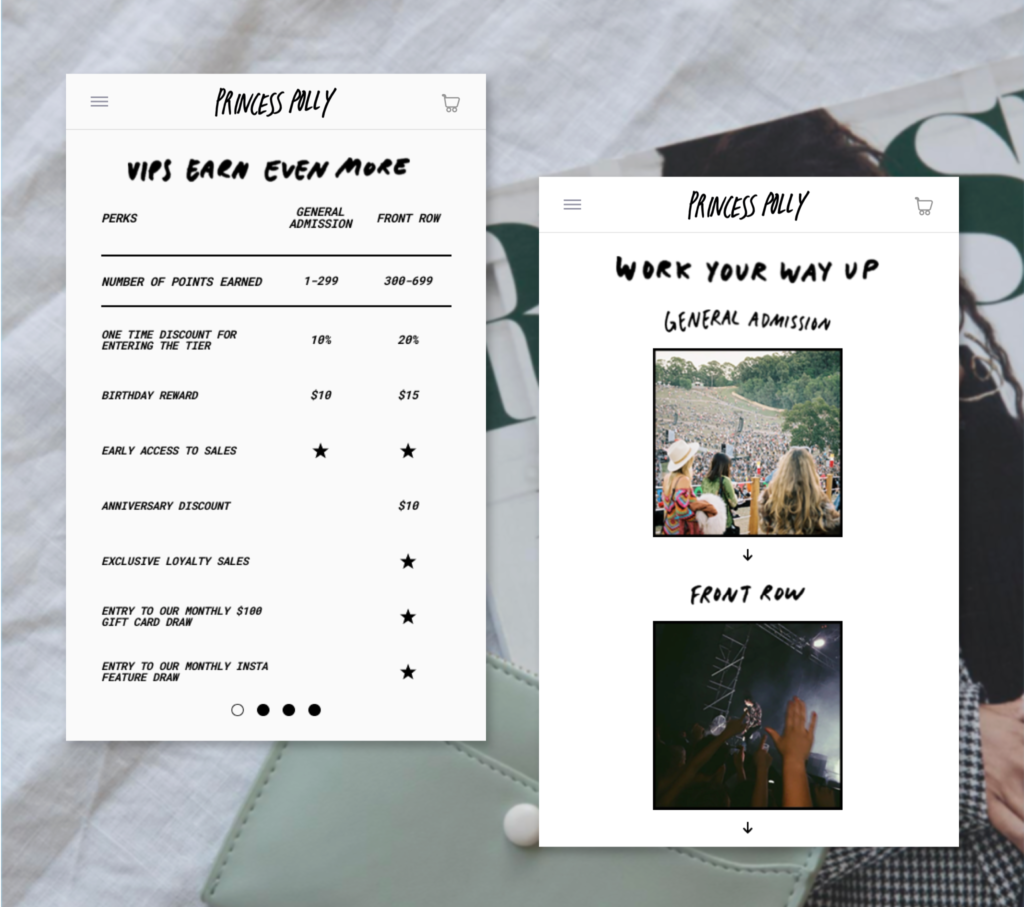
Take it from Princess Polly, a fashion-forward clothing brand that quickly became the destination for Gen Z shoppers. To stand out against the competition, Princess Polly focused on offering loyalty members share-worthy experiences, like a chance to be featured on social channels and exclusive access to their Facebook Insider group. As a result, their program engagement is through the roof, with VIP participation averaging over 70% across all four tiers.
5. Does your brand lack a sense of community?
Brands that succeed in the long term make themselves a destination for shoppers, meaning they took the time to establish a sense of community.
By launching loyalty, you can easily communicate with your best customers and begin nurturing your brand’s community. You can use your program to connect members with your overarching brand values, like sustainability, wellness, or social activism.
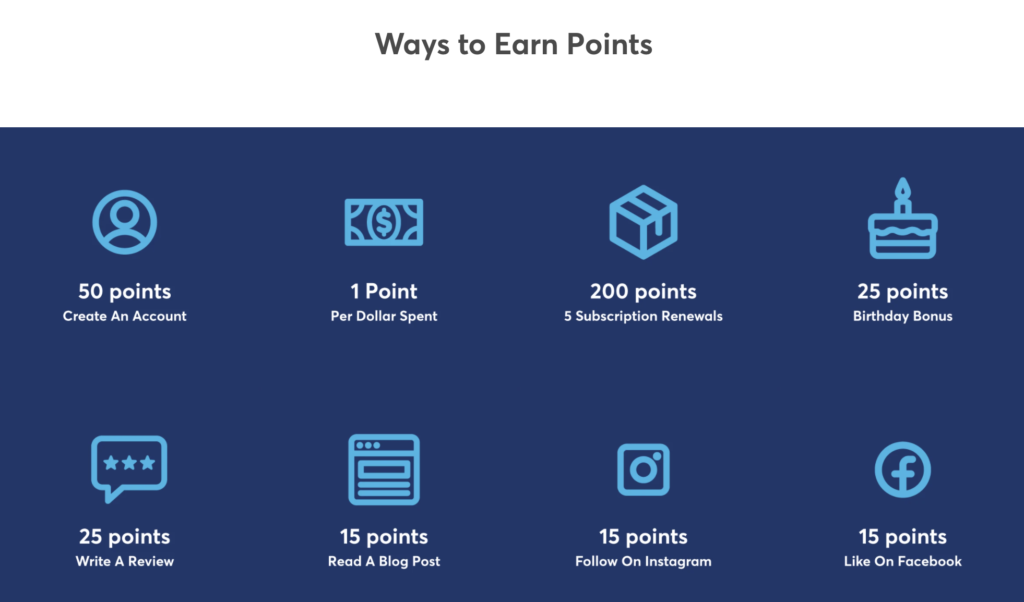
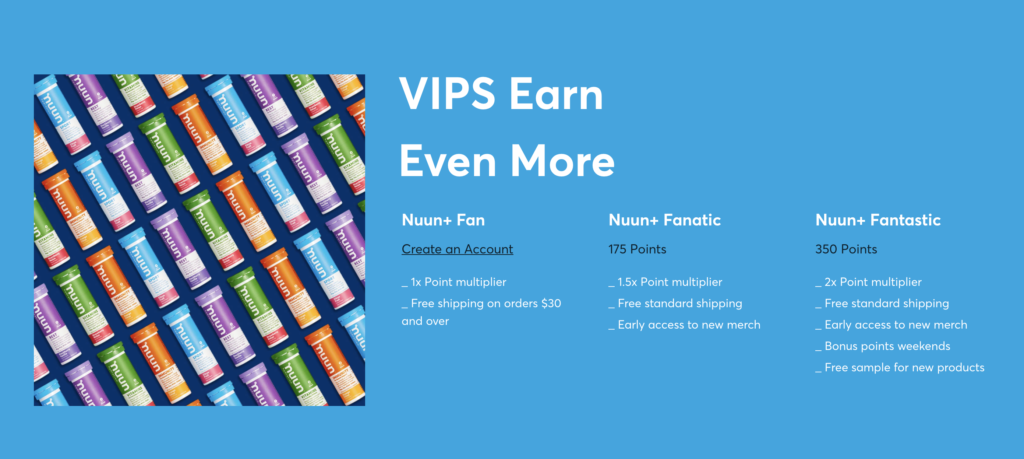
Nuun, a lifestyle brand dedicated to providing no-fuss sports nutrition, used their program to create a community around long-term wellness and athletic performance. The brand incentivized engaging with educational content — reading brand newsletters and blog posts — and created a thriving community among workout enthusiasts, wellness devotees, and athletes alike.
6. Has your growth stagnated?
Whether you need to increase customer lifetime value (CLTV), boost your average order value (AOV), or decrease the time between purchases, a loyalty program can help you achieve your goals and drive business growth.
- Increase CLTV and repeat purchases: A loyalty program gives customers a reason to purchase again and again from your business. They receive top-tier experiences and get rewarded for their repeat business. In fact, Yotpo’s 2021 The State of Brand Loyalty survey found that those willing to spend more on a brand, even if cheaper options existed, increased from 35% in 2019 to 56% in 2020.
- Boost AOV: Loyalty gives brands a strategic way to encourage customers to spend more per order. For example, beauty brands can set goal spend for rewards, incentivizing customers to buy value sizes of their favorite products or “level up” to the next VIP tier.
- Decrease time between purchases: Keep shoppers engaged year-round by rewarding them for making a certain number of purchases or buying a set amount of items. You can also send personalized emails that alert members about opportunities to advance their VIP status.
7. Are you discounting too much?
Offering too many discounts can quickly impact your profit margins. With a loyalty program, brands can narrow their scope when it comes to product discounts. Rather than offering large discounts to all customers, you can just offer them to loyalty members, specifically those with higher VIP status. This strategy encourages members to “level up” their membership standing and cuts down on the number of overall discounts you offer.
Or, you can move away from offering loyalty discounts entirely and instead offer customers experiential benefits and perks, like 1-one-1 consultations, free gifts, and more.
8. Are you trying to grow your D2C business?
Loyalty gives shoppers a reason to come back but to your website specifically. Depending on the size of your business, you may be selling online, in-store, or through a third-party retailer. While all business is good business, D2C sales make a much more significant impact on your ROI.
Loyalty programs incentive D2C purchases because members know they’ll get a top-notch customer experience and earn rewards as they shop.
Is your brand ready for loyalty? Yes, it most likely is.
After considering these questions, it should be clear that most brands are ready to launch a loyalty program, regardless of their growth stage. Ready to launch yours? Request a demo.



